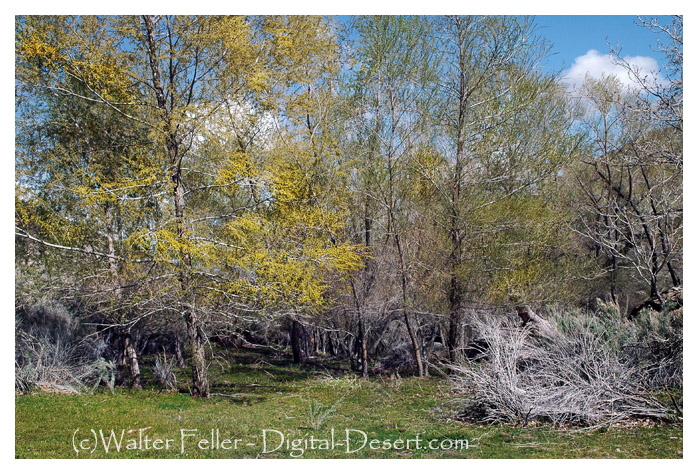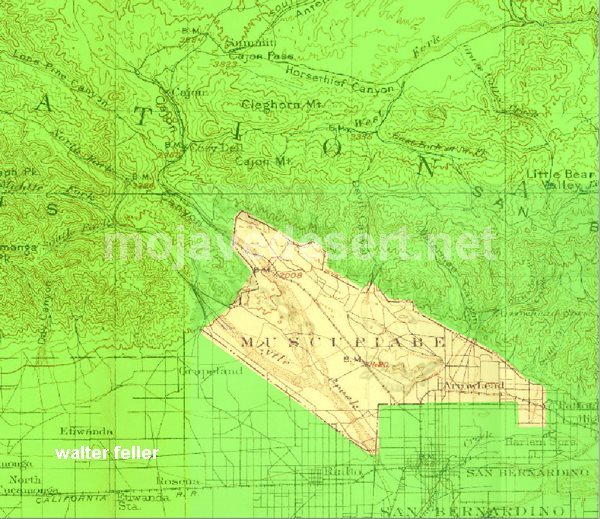In 1840, raiders under Peg-leg Smith and Wakara, an Indian renegade, made a simultaneous attack against a number of ranches in Southern California and drove off hundreds of horses. Some of these horses came from as far north as San Luis Obispo, but all were run south and into the Mojave Desert through the Cajon Pass.
When Peg-leg was asked how many horses had been stolen, he replied, “Only about 3,000. The Spaniards followed us and got half of what we started away with, damn them.” During that wholesale raid, Wakara, alone, is believed to have led about 1,000 tame horses from the mission corral at San Luis Obispo.
In 1843, Michael White obtained a grant to the El Cajon de Muscupiabe Rancho in Cajon Canyon, for the purpose of guarding the pass against the Indian raiders. It was the practice of the marauders to slip through the pass in the San Bernardino Mountains, and, under cover of darkness, to rob and pillage. Their constant raiding depleted the Californian’s herds.
In the early fall of 1845, Governor Pio Pico sent against the plundering Indians a force of 80 well-armed men under the command of Benjamin D Wilson. Wilson was a native of Tennessee and had been a trapper in New Mexico when he joined the Workman party which entered San Bernardino County in 1841. In 1843 he purchased one-half interest in the Jurupa Grant with Juan Bandini.
Following the instructions of the governor, Wilson planned and outfitted its expeditionary force. A pack train and 58 soldiers passed through the Cajon, and Wilson, with 28 Californians, crossed the mountains. From Bear Valley, the Wilson party followed the East Fork of the Mojave River down to the Mojave desert floor. There they joined the other division. For several days the expedition marched northward along the Mojave River. Wilson, riding a mule, was usually two or 3 miles in advance, looking for Indian signs.

On the fourth or fifth day, Wilson saw four Indians coming toward him along the trail. Certain they had not seen him, he turned his mule into the river bed and kept under cover until he judged he was opposite them. When he climbed the bank he called in the savages responded in a friendly manner.
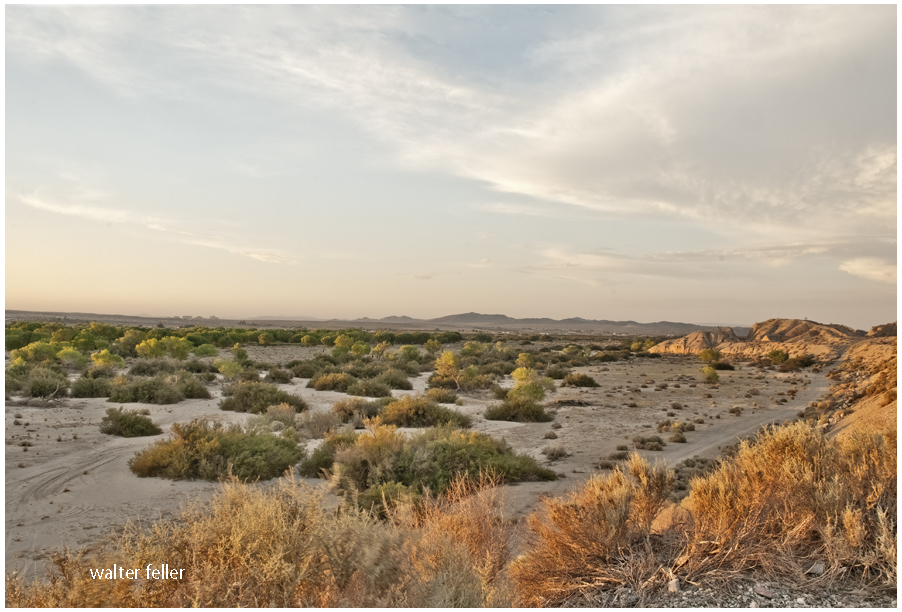
It had been Wilson’s intention to take the Indians prisoner in order to obtain some much-needed information, but one of the four was a renegade Indian for all Southern California had been looking– at the notorious Joaquin. Joaquin had been trained as a page by the Catholic Church at the San Gabriel Mission, but a career of crime brought him the customary reward: a branded lip and a cropped ear.
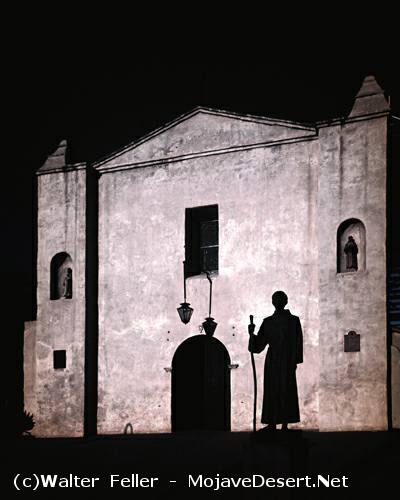
Wilson commenced a conversation in Spanish, and the Indians to them to be nothing more than a traveler until his force came into view. Joaquin, realizing that Wilson was the vanguard of this group, jerked an arrow from his quiver and strung his bow. Wilson fired from the hip at the same time Joaquin loosed his arrow. The Indian shaft struck Wilson in the right shoulder; the white man’s bullet pierced Joaquin’s breast area the force of the arrow caused Wilson to drop his gun, but the shot had brought Joaquin to the ground where he lay cursing the white race.
The other three Indians made off across the desert. Wilson ordered his soldiers to take their life. The Indians resisted and were killed. Joaquin watching the slaying of his kinsman continued to pour profanity on Wilson and his kind until a soldier put him to death.
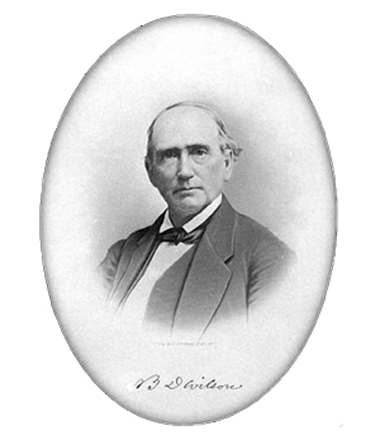
Upon examination of his wound, Wilson found that he had been struck by an arrow made poisonous by putrid meat blood. The Comanche Indian, Lorenzo Trujillo, who had accompanied Wilson from New Mexico suck the blood from the extremely painful wound. Although the swelling began to reduce, Wilson was unable to travel, so he kept five men with him and sent the remainder down the river to find the Indian camp.
After several days, his command returned to report that they had struck a fresh Indian trail about 10 leagues below Wilson’s camp. Following the trail up a rocky mountain, they discovered Indians hidden among the rocks. The Californians made an attack but were obliged to retreat with several badly wounded men, leaving the Indians in command of their natural fortress. Wilson’s wound now healed, this first major battle between San Bernardino settlers and Mojave marauders pronounced a draw, and the punitive expedition withdrew to return the wounded man home.
adapted from ~ Pioneer Tales of San Bernardino County – WPA – 1940.
